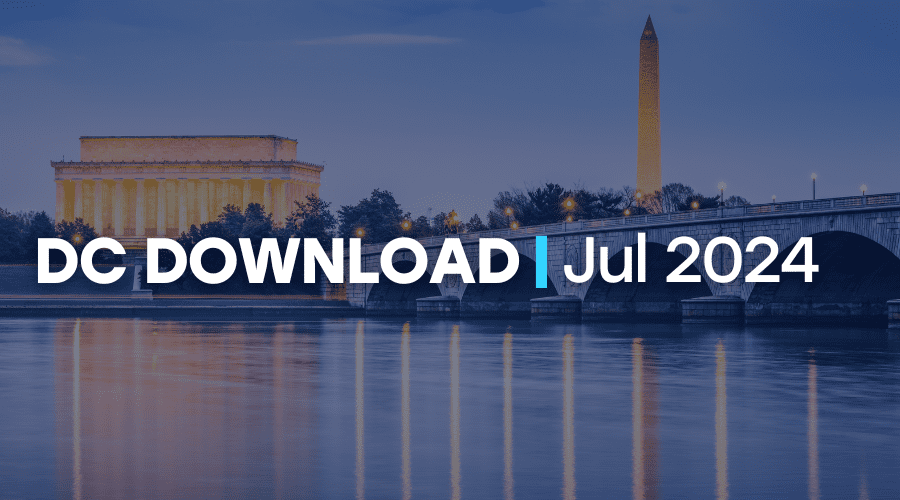“…In the United States of America, no one should go broke because they chose to go to college.”
-President Barack Obama, January 27, 2010
With the cost of college tuition and student loan debt at an all-time high, it has become increasingly challenging for students to enter public service. That’s just one reason the White House is urging students and nonprofits to spread the word about new choices available to borrowers that can help reduce the debt burden.
In 2010, President Barack Obama signed into law the Health Care and Education Reconciliation Act, developed by the Middle Class Task Force chaired by Vice President Joe Biden. The Task Force, among other measures, expanded the Pay As You Earn (PAYE) student loan repayment plan, which caps payments at 10 percent of discretionary income for borrowers with strong records of on-time payments. The PAYE plan is one of several programs referred to as “income-based repayment”, or IBR, designed to help borrowers whose debt is too high relative to their income and family size.
Under the law, students who enrolled in higher education programs during or after 2014 can choose among the following loan repayment options:
- An income-based repayment plan that caps payments at no more than 10 percent of income above a basic living allowances set at 150 percent of the federal poverty level; or
- Loan forgiveness after 20 years of consistent payments, or 10 years for those working in public service, including for 501(c)(3) tax-exempt organizations
Reducing higher education costs and providing incentives for borrowers has long been a priority for the Administration, which set a goal of having “the highest proportion of college graduates in the world” by 2020.
“Let’s tell another one million students that when they graduate, they will be required to pay only 10 percent of their income on student loans, and all of their debt will be forgiven after 20 years—and forgiven after 10 years if they choose a career in public service,” said President Obama in his 2010 State of the Union Address.
The White House issued a presidential memorandum in 2012 urging the Departments of Education and Treasury to create a streamlined application process to allow borrowers with federal loans to import Internal Revenue Service income data directly into the IBR application and provide integrated online resources for student loan repayment plans, including IBRs.
Earlier this year, the White House announced the launch of studentloans.gov/repay, offered through the U.S. Digital Service and the Department of Education’s Office of Federal Student Aid to help students find information on and enroll in loan repayment plans in fewer than five steps.
In April, sharing recent trends in student debt, Jason Furman and Sandra Black, chairman and member, respectively, of the Council of Economic Advisers, wrote that enrollment rates in income-driven repayment plans like PAYE had increased significantly, from five percent in the first quarter of fiscal year 2012 to 20 percent in the first quarter of fiscal year 2016.
The White House is partnering with the Center for American Progress; YI Advisors, the social impact arm of Young Invincibles, Civic Nation, and the Corporation for National and Community Service, and other national organizations to get the word out about the new plans and enrollment process.



